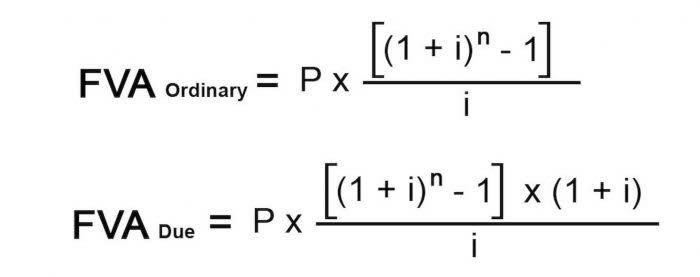Content

Ordering costs represent the cost to place an order, up to to stage until the material is included as inventory. Sometimes loss is incurred due to shortage of stock such as loss in sale, loss of goodwill of a business or idle machine. “Throughput”, in this context, refers to the amount of money obtained from sales minus the cost of materials that have gone into making them. The frequency in which you review and evaluate your methods is bound to be unique to your specific business. However, it’s normal (and recommended) to audit your process at the end of every month, quarter, and year.

Create clear processes for recording transactions and events as soon as you start your business. Once you have a set process for documenting and reporting your finances, stick to it. By law, accountants representing all publicly traded companies https://www.bookstime.com/articles/how-to-calculate-tax-withholdings must comply with GAAP. Equity can also be defined as the difference between your business’s assets (what you own) and liabilities (what you owe). To calculate your burn rate, simply pick a time period (such as a quarter or a year).
#6. Plan for Future Financial Success
The prices and information developed and studied through cost accounting will likely make it easier to gather information for financial accounting purposes. For example, raw material costs and inventory prices are shared between both accounting methods. So, the main difference between cost accounting and financial accounting relates to their respective target audiences. Financial accounting is meant for stakeholders outside the business, whereas cost accounting is meant for those on the inside, responsible for making critical decisions. No matter your industry, cost accounting is essential for your internal team.
If your business is an LLC, Partnership, or Corporation, you are required to have a separate business bank account. If you’re a Sole Proprietorship, you don’t have to — but we still recommend it. It says to base your accounting on how the business runs now, not how you hope it will run in the future. Even if a company plans to make big changes in the future, that shouldn’t change its value today.
Overheads
Expenses include any purchases you make or money you spend in an effort to generate revenue. A credit is a record of all money expected to come out of an account. Essentially, debits and credits track where the money in your business is coming from, and where it’s going. Many small business owners do a combination of bookkeeping and accounting.

We also discuss how well the costing methods are suited for different production processes and program types. To this end, we will distinguish “job shop production” and “mass and batch production”. Standard costing assigns “standard” costs, rather than actual costs, to its cost of goods sold (COGS) and inventory. The standard costs are based on the efficient use of labor and materials to produce the good or service under standard operating conditions, and they are essentially the budgeted amount. Even though standard costs are assigned to the goods, the company still has to pay actual costs.
Basics of Cost Accounting: Product Costing
Business accounting might seem like a daunting mountain to climb, but it’s a journey well worth it. Accounting helps you see the entire picture of your company and can influence important business and financial decisions. The accrual method recognizes revenue and expenses on the day basics of cost accounting the transaction takes place, regardless of whether or not it’s been received or paid. This method is more commonly used as it more accurately depicts the performance of a business over time. This sounds straightforward, but accounting can impact both internal and external opinions.
- The cost changes according to the stage a product is in, for example, raw material, work in progress, finished goods, etc.
- Technische Universität München (TUM) is one of Europe’s top universities.
- Marginal costing evaluates the cost of producing each additional unit.
- With standard costing, rather than assigning the actual costs of direct materials, direct labor, and overhead expenses to a product, a business assigns specific “standard” costs.
- There is a decline in business, so management is looking for ways to prudently cut costs while retaining the basic functionality of the organization.
